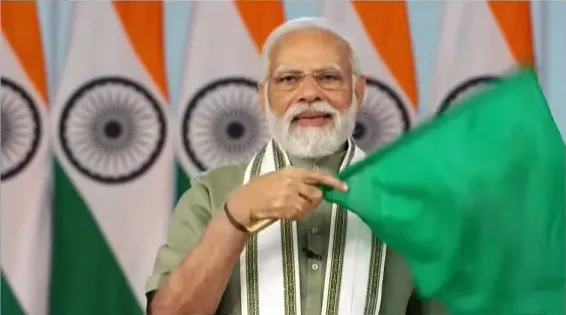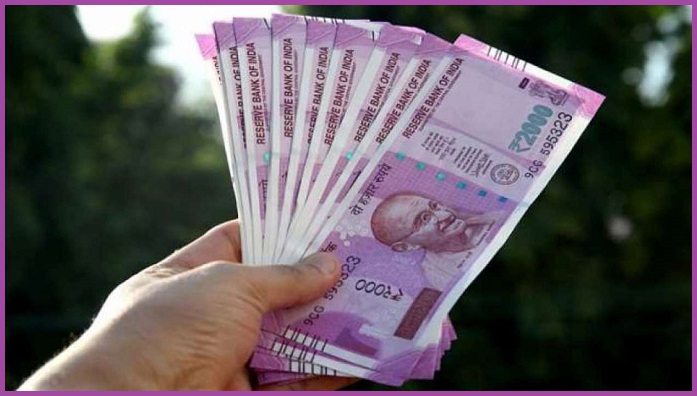As per the data from the National Statistics Office (NSO) data,
India’s per capita income has almost doubled to ₹1.72 lakh since 2014-15 when PM Modi-led government came into power.
The same number was ₹86,647 in 2014-15.
Economists believe sustaining per capita income between 5% to 6% per annum along with appropriate redistributive policies will support the country’s growth ahead.
However, they also pointed out that uneven income distribution is likely to be a challenging factor.
Per Capita Income Doubled in Modi Government
For the years 2020-21 and 2021-22, the per capita income at the current prices was estimated at ₹1,27,065 and ₹1,48,524 respectively.
This indicates that there has been a consistent rise in per capita income.
As per the World Development Indicator database, Former director of the premier economic research institute NIPFP Pinaki Chakraborty said that the average growth of India’s per-capita income in real term for the period from 2014 to 2019 was 5.6% per annum.
He added that the growth is significant and there are noticed improvements in outcome related to health, education, and economic and social mobility.
Though covid impacted us badly and there has been a significant economic recovery after Covid.
As per Chakraborty, sustaining per-capita income growth at 5 to 6% per annum with appropriate redistributive policies will help sustain this momentum.
However, as economist Jayati Ghosh, when we look at the GDP in current prices, but when we take into account the inflation, the increase is much less than the per capita income in nominal terms.
The JNU professor said that the majority of the upside has accrued to the top 10% of the population.
However, he said that the median wages are falling and is in the real terms even lower, hence the distribution is critical here.
In the second quarter, the growth stood at 6.3% and in the third quarter it became 4.4%.
The Executive Director and Senior Economist at DBS Bank, Radhika Rao said that “India’s real GDP growth moderated to 4.4%yoy in Oct-Dec22 (3QFY23) from 6.3% last year, part of which was on base effects and past revisions.
FY22 growth was raised by 40bp to 9.1%, besides an increase in absolute numbers (INR terms) for 3QFY22, in essence lifting the comparative base vs FY23.
Nonetheless, growth relative to pre-Covid level (3QFY20) was higher by 12% by the Dec 22 quarter.”
Moderation in Consumption Along with Slow Imports Lead to Slow Domestic Demand
In the economic review report by JM Financial, it was said that
“The second advance estimates peg real GDP growth to remain unchanged (7%) from previous estimates, even after undergoing an upward revision in the base period (9.1% vs 8.7% prior).
GDP growth of 4.4% in Q3FY23, slightly missed market estimates (4.6% est.).
If not for the NSO’s downward revision in growth rates in Q3FY22 (5.2% vs 5.4% prior), the economic growth in Dec’22 quarter would have been as low as 4.2%.
Sharp moderation in consumption dragged the economy, which along with slowing imports is indicating towards slowing domestic demand.”
The economy, as per JM Financial, is expected to grow at at 6.8% in FY23 vs NSO’s 7% estimate.
In the upcoming MPC meet (Apr’23), RBI’s monetary policy action would mainly be decided by the Feb’23 CPI print. However, they do not expect the MPC to sacrifice the growth at this juncture.





